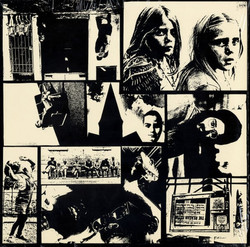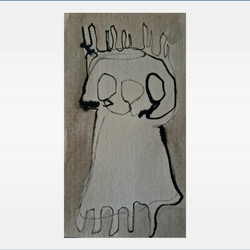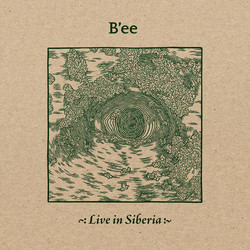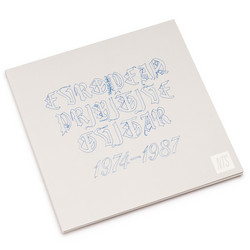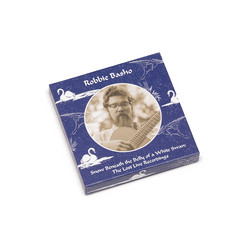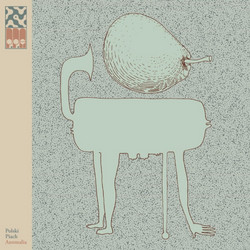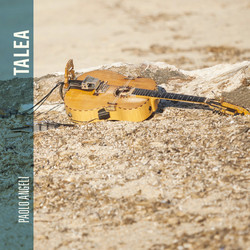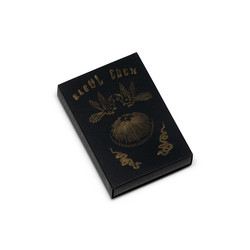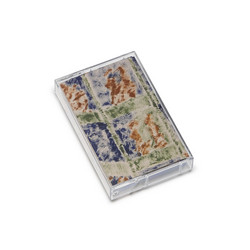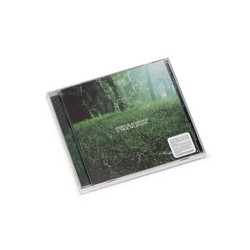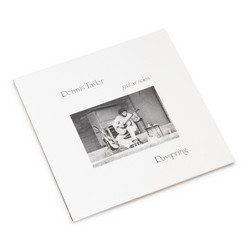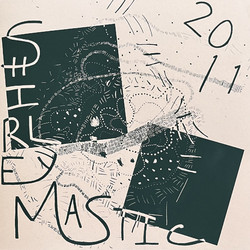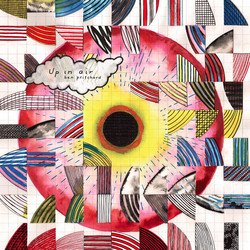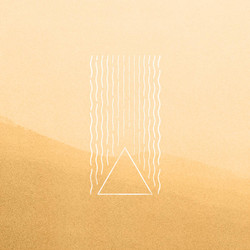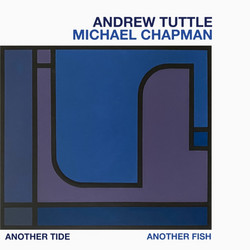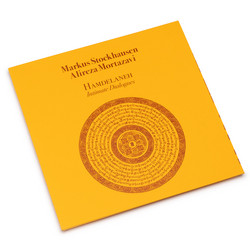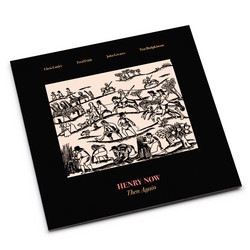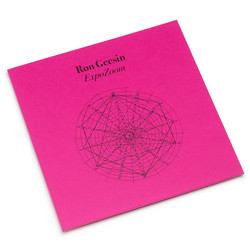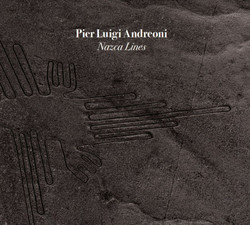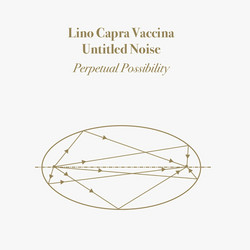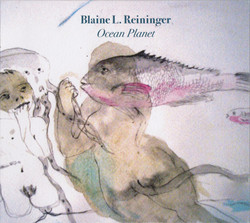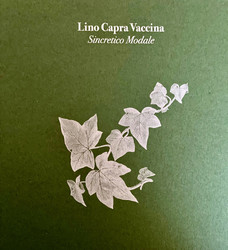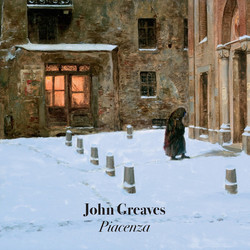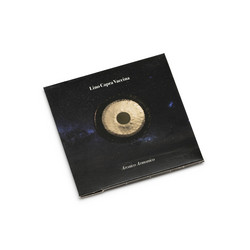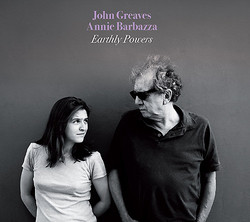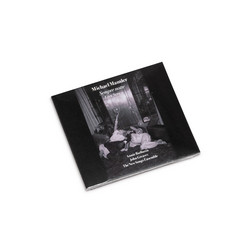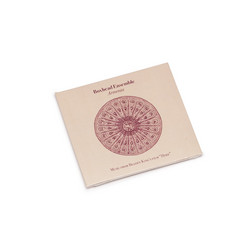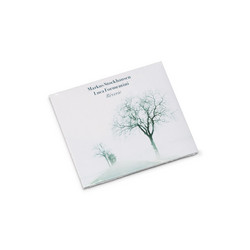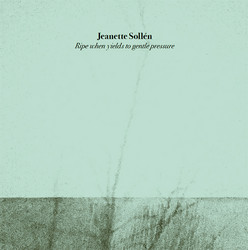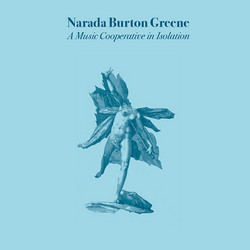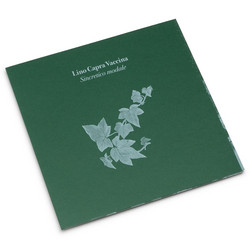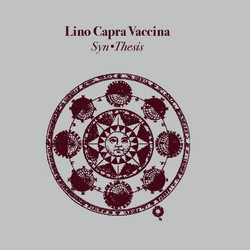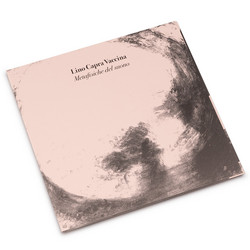"I discovered Alireza through Markus Stockhausen, then I eventually published an album of the duo, Hamdelaneh, plus one in trio with Lino Capra Vaccina. I was struck by Alireza’s absolute virtuosity, never an end in itself, his impressive musicality, his ability to listen to sounds and silences. His music, like his approach to santoor, is truly revolutionary, personal, spiritual, innovative and yet... for those who, like me, love the immense heritage of traditional Persian music, perceive its roots, like those that support and give life and sap to a wonderful tree. I am proud to have produced this album that marks a bright chapter in the semantics of new music." - Max Marchini
"La Fille du Soleil was born in time and silence. It is the result of a journey lived between 2012 and 2025, years in which my life was intertwined with Europe and with an ever deeper listening of what inhabited me. My musical language does not refer to traditions, but takes shape from an inner urgency, from a need to speak without words. The santur, which I have always carried with me, is not only the instrument of a culture, but the sound body through which my interiority takes shape. Every sound is a step, every pause a breath, every vibration a trace of light. This is my Fille du Soleil: a music that comes from within and opens towards what is universal." - Alireza Mortazavi
The santur was invented and developed in the area of Iran. “The earliest sign of it comes from Assyrian and Babylonian stone carvings (669 B.C.); it shows the instrument being played while hanging from the player’s neck. This instrument was traded and traveled to different parts of the Middle East. Musicians modified the original design over the centuries, yielding a wide array of musical scales and tunings. The original santur was likely made with wood and stone and strung with goat intestines. According to Habib Hasan Touma, the Babylonian santur was the ancestor of the harp, the yangqin, the harpsichord, the qanun, the cimbalom, and the hammered dulcimers.


